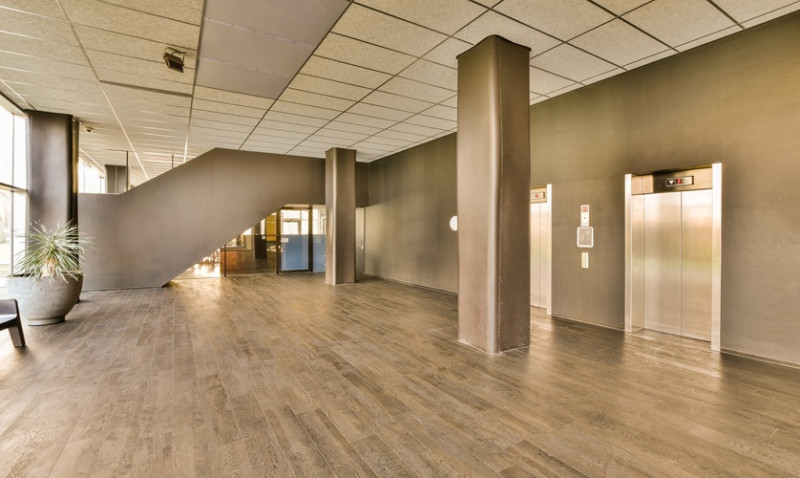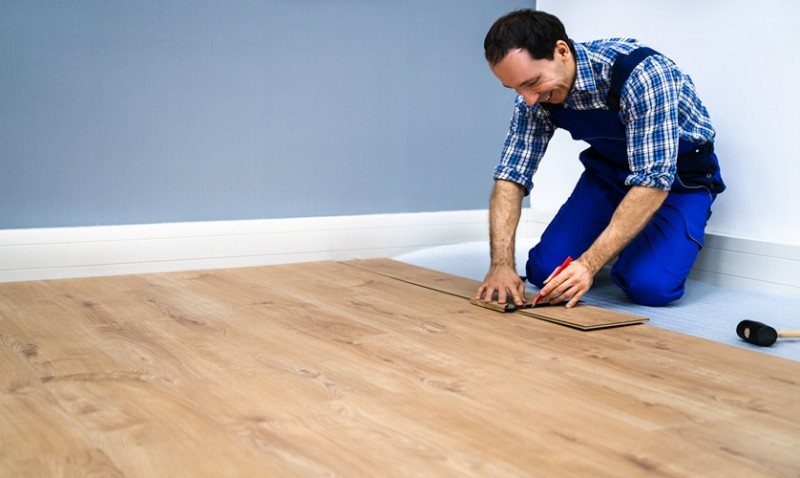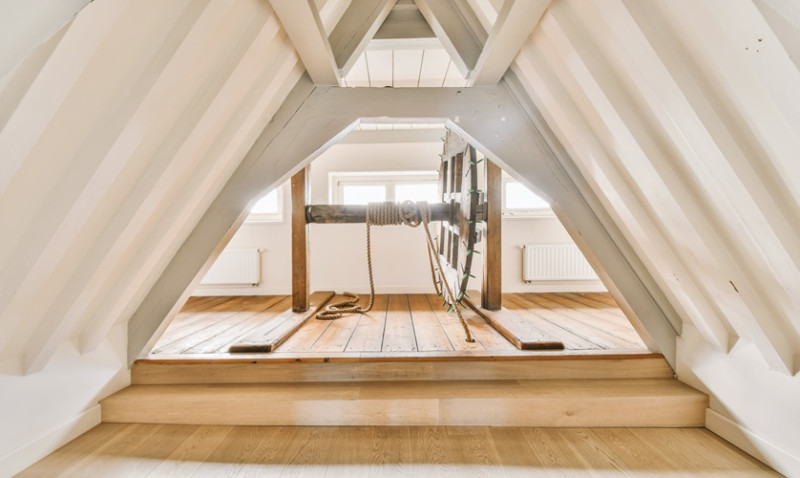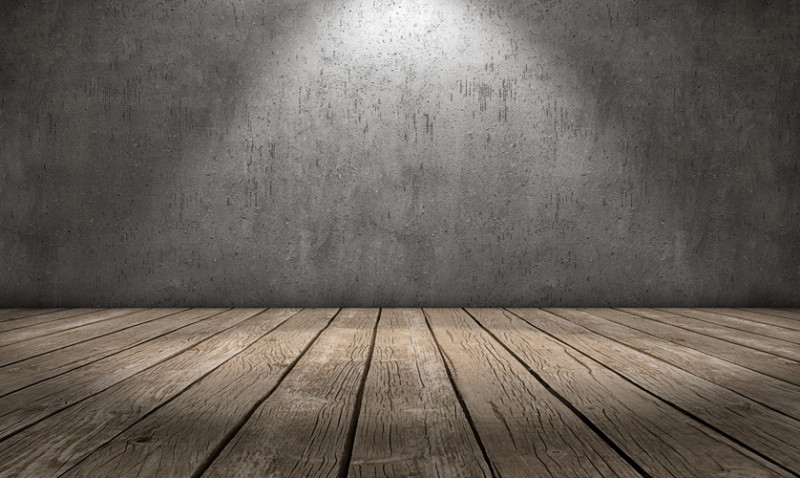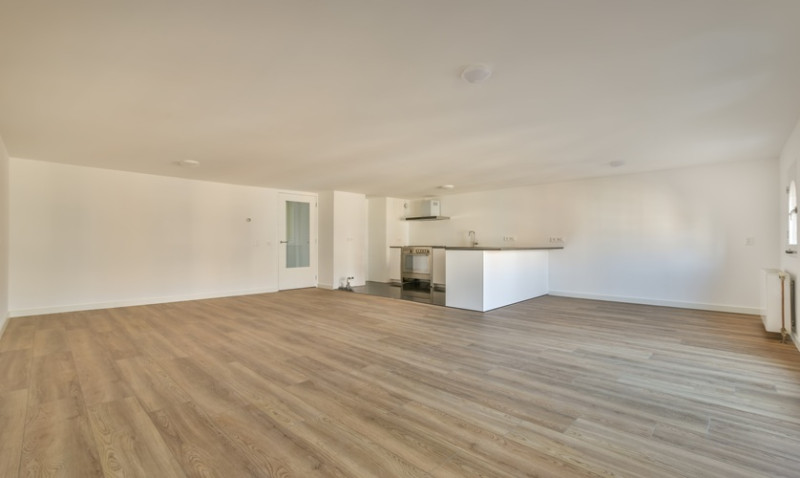
When it comes to choosing the perfect flooring for a renovation or new build, many homeowners, designers, and tradesmen across the UK find themselves torn between engineered and real hardwood floors. Both options bring unique advantages to the table, but a common question arises: which one actually sells more, and why?
The answer isn’t as straightforward as you might think. Popularity often depends on factors like budget, property type, lifestyle, and even location. In this post, we’ll delve into the key differences between engineered and real hardwood flooring, compare their market appeal, and explore why one may be outpacing the other in UK homes and design projects.
Understanding the Difference: Engineered vs. Solid Hardwood
Before diving into market stats and sales trends, it’s important to understand what sets these two flooring types apart.
Solid hardwood flooring is made from a single piece of timber. It's thickness – usually around 18-20mm – means it can be sanded and refinished multiple times over its lifetime. It’s a premium, natural product that boasts unrivalled authenticity and character, often appealing to traditionalists and those working on period homes.
Engineered hardwood flooring, on the other hand, consists of a real wood top layer (usually 3-6mm), bonded over multiple layers of high-quality plywood or HDF. This construction increases its durability and makes it less prone to warping or shifting due to humidity changes – a key consideration in the UK’s ever-variable climate.
While both types are technically 'real wood', their structural differences influence how they perform and appeal in real-world applications. And this, in turn, impacts how they sell.
Market Trends: What the Sales Say
In the UK flooring market, engineered wood flooring has seen a significant rise in sales over the past decade. Recent retail reports suggest engineered floors now account for over 65% of all hardwood flooring sales, a figure that continues to grow. Solid wood flooring still holds a firm place in the market, but its popularity has been eclipsed by engineered products.
Why the shift? Affordability, practicality, and ease of installation are a few major contributors. Engineered flooring tends to be less expensive than solid hardwood, not only in terms of material cost but also in installation and maintenance. This makes it highly appealing to DIY homeowners and cost-conscious professionals.
Even in premium properties and commercial projects, where solid wood might seem like the go-to, engineered flooring is favoured for its stability and compatibility with underfloor heating systems – something increasingly common in UK refurbishments.
Why Engineered Flooring Outsells Solid Wood
There are several practical reasons why engineered flooring generally outsells solid hardwood in the UK:
- Moisture Resistance: Engineered flooring is better suited to handle fluctuations in humidity and temperature – a critical consideration for UK basements, kitchens, and conservatories.
- Underfloor Heating Friendly: Unlike solid wood, engineered boards are designed to perform well alongside underfloor heating systems.
- Cost-Effective: Engineered flooring offers the authentic look of wood at a more accessible price point.
- DIY-Friendly: With click-lock systems and pre-finished options, engineered flooring is easier to install, making it ideal for first-time renovators.
All of these factors make engineered wood a practical choice for young professionals and homeowners taking on budget-conscious redecorating projects. Meanwhile, architects and interior designers appreciate engineered flooring's wide array of finishes, widths, and species options, helping them meet clients' design goals without compromising on performance or budget.
Solid Hardwood: Timeless Appeal with a Few Caveats
Though sales may be tipping toward engineered boards, solid hardwood still holds a prestigious place within the flooring industry, particularly for high-end installations and heritage restoration projects.
One of the reasons it continues to draw a loyal clientele is its longevity. With proper care, solid hardwood can last well over 100 years. It can be sanded and refinished multiple times – ideal for homes that want true long-term value and timeless authenticity.
For tradesmen and professional fitters, solid wood does have some installation challenges. It requires time to acclimate to its environment, is more labour-intensive to fit, and needs a stable subfloor. But for traditionalists, the beauty and tactile feel of genuine, solid timber can't be matched.
However, for all its pros, solid hardwood is seen as a luxury product – more costly, less flexible, and with limitations when it comes to where and how it can be installed. This places it squarely in the 'want' category rather than the 'need' for most modern British homeowners.
Cost Comparison
To give you a clearer picture, here's a quick overview comparing the two in terms of price, installation, and durability:
| Feature | Engineered Hardwood | Solid Hardwood |
|---|---|---|
| Average Cost (per m²) | £30 - £70 | £50 - £120 |
| Underfloor Heating Compatible | Yes | No (generally) |
| DIY Installation Friendly | Yes | No (requires pro fitting) |
| Sanding / Refinishing | 1-3 times | Up to 10 times |
| Lifespan | 25 - 40 years | 50 - 100+ years |
| Humidity Resistance | High | Low |
What Does This Mean for You?
If you're a homeowner, designer, or tradesman looking to make the right flooring choice for your next project, understanding who buys what – and why – can help guide your decision. Engineered flooring's dominance in the UK market isn't just about trends; it's about practical, everyday advantages that suit the lifestyles of modern British homes.
If you're designing a sleek city flat in London, retrofitting a loft conversion in Manchester, or upgrading a rental property in Leeds, engineered hardwood is likely your best bet for balancing style, functionality and cost.
On the other hand, if you're restoring a Victorian townhouse or creating a high-spec finish for a luxury customer – solid wood still carries unmatched prestige and natural warmth that can increase a property’s long-term value.
The Bottom Line
While both engineered and real hardwood floors have their place in the UK flooring market, it’s clear that engineered hardwood is the top seller – and for good reason. Its balance of affordability, resilience, beauty, and ease of installation makes it ideal for a wide range of applications.
However, don’t count out solid hardwood if your project demands longevity and authenticity. Ultimately, the best flooring for your needs depends on your space, budget, design goals, and the end-user’s lifestyle.
Whether you're a DIY renovator, interior designer, or trade professional, knowing the advantages of both options will help you make an informed, confident choice.
